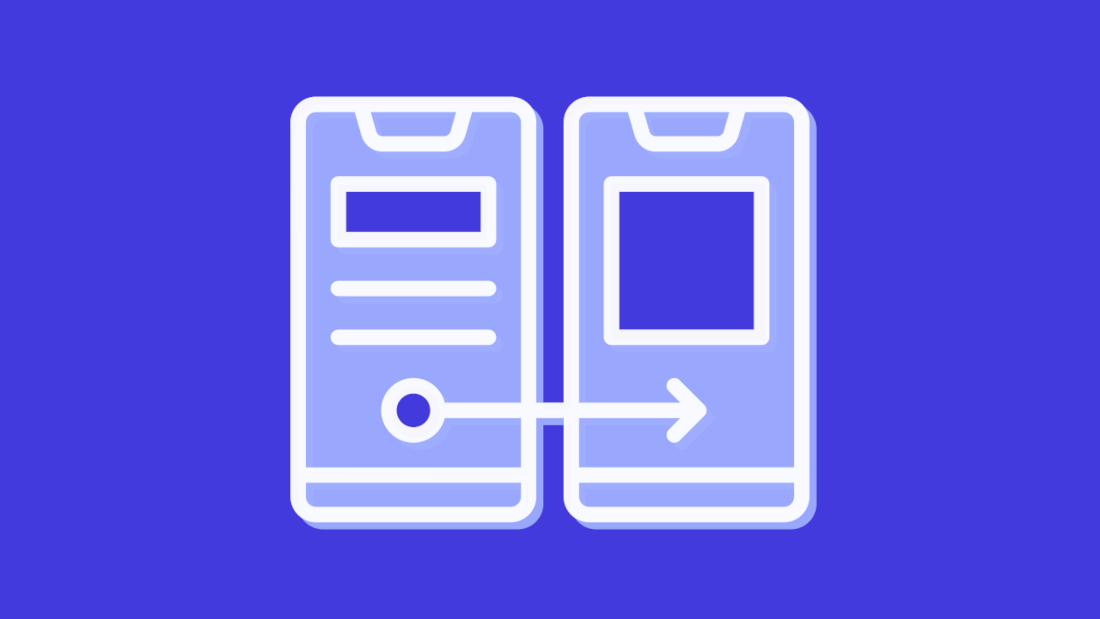‘Content-first’ prototyping means we base our design on the information people need to complete the task safely and successfully.
It doesn’t mean that content design is more important than product design, service design, research or strategy.
It means that the prototype is designed with content as its structure.
How we design a content-first prototype
In my experience, product and content designers co-own the prototype.
On my current project with NHS England, we base our protype on these core questions:
- What does a person need to do at each stage of the journey? (Led by service design)
- What does a person need to know in order to do each action? (Led by content design)
- What shape should that information take? (Led by product design)
- How can we make it better? (Led by user research)
Content-first makes our design more accessible
A content-first approach makes it easier to design flexible layouts around information, that adjust to different screen sizes and devices.
This makes content consistent and accessible across different devices and platforms.
And with more users using screen and immersive reading tools – in 2020, Microsoft claimed that more than 23 million people every month were using Immersive Reader – many people may only ever see or hear our design.
So, it needs to meet their needs by being present, accessible, and clear.
Be user focused with better information architecture
Getting the content right first at the start of the design process, prioritises the people who use our design.
Content-first prototyping helps us to design a clear content hierarchy and navigation path. This makes it easier for people to find what they need quickly and intuitively.
Content-first is more effective and profitable
Designing our content first saves time and money.
We invest more collaboration time at the beginning, but our iterations – including those we make based on results of usability testing – are less time-intensive.
This makes better use of your resources, manages costs, and reduces the danger of working out of scope because some ideas weren’t developed in an earlier phase.
Your project needs content design expertise
If you want to help your users get the information or services they need faster and more efficiently, you need content design.
Sparck can provide experienced content design consultants for your technology or innovation project.
Email Terry Dixon (Terry.Dixon@sparck.io) to start the conversation.
More about content design on the Sparck blog
- Content designers are not copywriters by Emma Baker
- You don’t need to be great writer to be a great content designer by Ray Newman
- How the 5Ws and 1H can help content work better for users by Antonio Labbate



